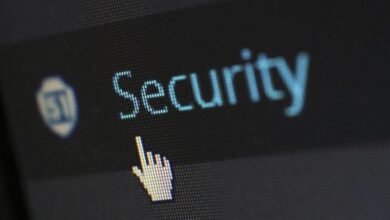Caller Identity Verification 3511996922 3277835344 3297444668 3533388967 3204067775 3896951977

Caller identity verification has become a critical measure in combating the rising threat of fraud. Numbers such as 3511996922, 3277835344, and others represent potential risks in communications. By employing advanced authentication methods, users can enhance their security and mitigate identity theft. The significance of these specific numbers warrants further examination. What strategies can be implemented to strengthen trust in these interactions?
The Rising Threat of Caller Fraud
Caller fraud has emerged as a significant security concern in the telecommunications landscape, driven by advancements in technology and the increasing sophistication of cybercriminals.
Caller scams exploit vulnerabilities in caller identification systems, leading to financial losses and privacy breaches.
Effective fraud prevention strategies, including user education and technological safeguards, are essential to mitigate these threats and empower individuals in safeguarding their personal information against potential exploitation.
Understanding Caller Identity Verification
Effective caller identity verification is crucial in combating the rise of fraudulent activities within telecommunication systems.
Various caller authentication methods, such as number verification and biometric data, enhance security while safeguarding user privacy.
Implementing robust privacy protection strategies mitigates risks associated with identity theft and enhances user trust.
Ultimately, these measures empower individuals, promoting freedom in communication while maintaining essential security standards.
Key Numbers and Their Significance
Key numbers play a pivotal role in the framework of caller identity verification, serving as essential identifiers in the authentication process.
Their significance lies in enhancing caller data protection, ensuring that only verified communications are recognized.
Building Trust Through Verified Communication
How can verified communication foster a sense of trust in an increasingly digital world?
By implementing trust building strategies, organizations enhance communication security, ensuring authenticity and integrity in interactions. Verified communication mitigates risks of fraud and deception, thereby empowering individuals with confidence.
This foundational element not only strengthens relationships but also promotes a culture of transparency and accountability, essential in a landscape dominated by digital interactions.
Conclusion
In conclusion, the necessity of caller identity verification is underscored by the alarming rise in fraudulent activities linked to specific phone numbers. The theory that enhanced authentication methods, including number verification and biometric data, can significantly mitigate fraud is supported by increasing evidence of successful interventions. As individuals become more aware and adopt these technological safeguards, the collective effort will likely cultivate a more secure communication landscape, ultimately fortifying trust and reducing the prevalence of scams and identity theft.



